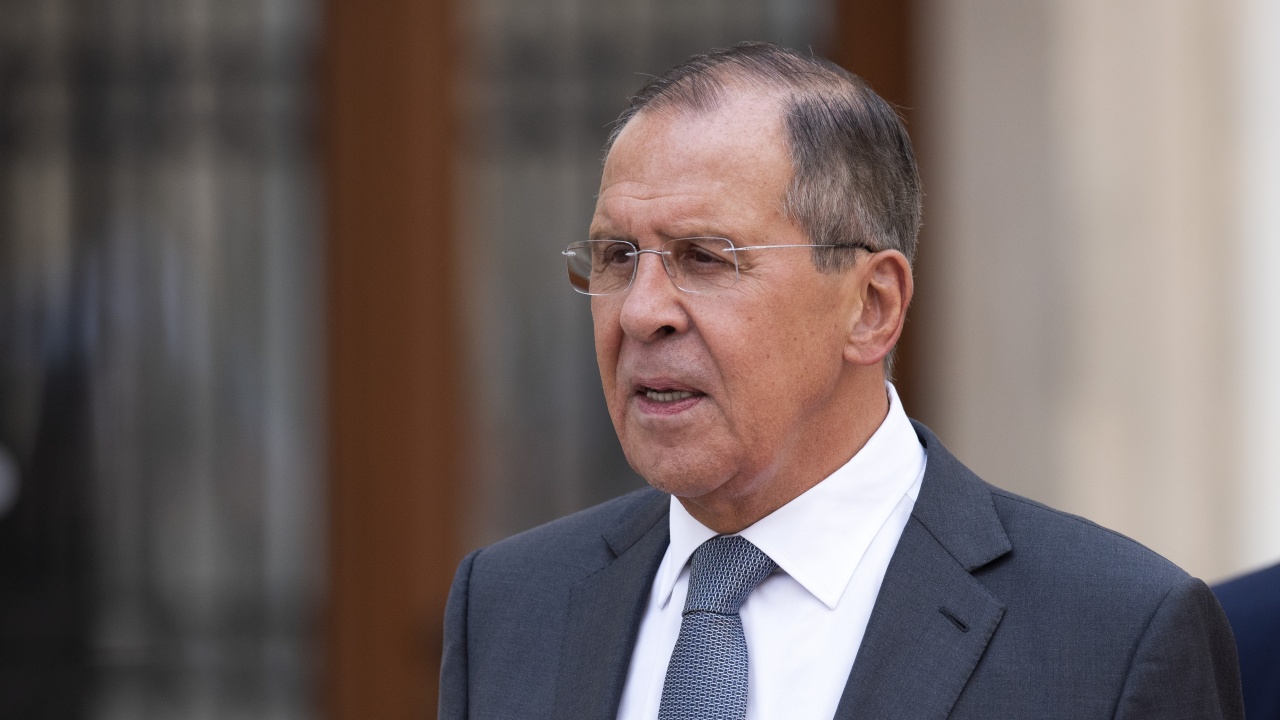After an infection with SARS-CoV-2 the risk of a deep vein thrombosis, pulmonary embolism or bleeding is increased for months. That’s what Swedish researchers write in the BMJ.
The researchers compared medical records of more than one million people with a confirmed SARS-CoV-2 infection with that of four million people without a positive SARS-CoV-2 test. The risk of deep vein thrombosis was found to be increased up to 70 days after infection, and the risk of a pulmonary embolism up to 110 days after infection. For bleeding this was the case up to 60 days.
After correction, the researchers found a 5-fold higher risk of deep vein thrombosis, a 33-fold higher risk of a pulmonary embolism and an almost 2-fold increased risk of bleeding in the first 30 days after infection.
The risks appeared to be greatest in patients with a more severe course of the infection. Also, the risks of these events were higher during the first wave than during the second and third wave. According to the researchers, this could be explained by improvements in treatment and higher vaccination coverage in the elderly after the first wave. But, even in mild, non-hospitalized COVID-19 patients, the researchers saw increased risks of deep vein thrombosis and pulmonary embolism.
Sources:
Katsoularis I, Fonseca-Rodríguez O, Farrington P, et al. Risks of deep vein thrombosis, pulmonary embolism, and bleeding after covid-19: nationwide self-controlled cases series and matched cohort study. BMJ. 2022;377:e069590.
Ho FK, Pell JP. Thromboembolism and bleeding after covid-19. BMJ. 2022;377:o817.
–


